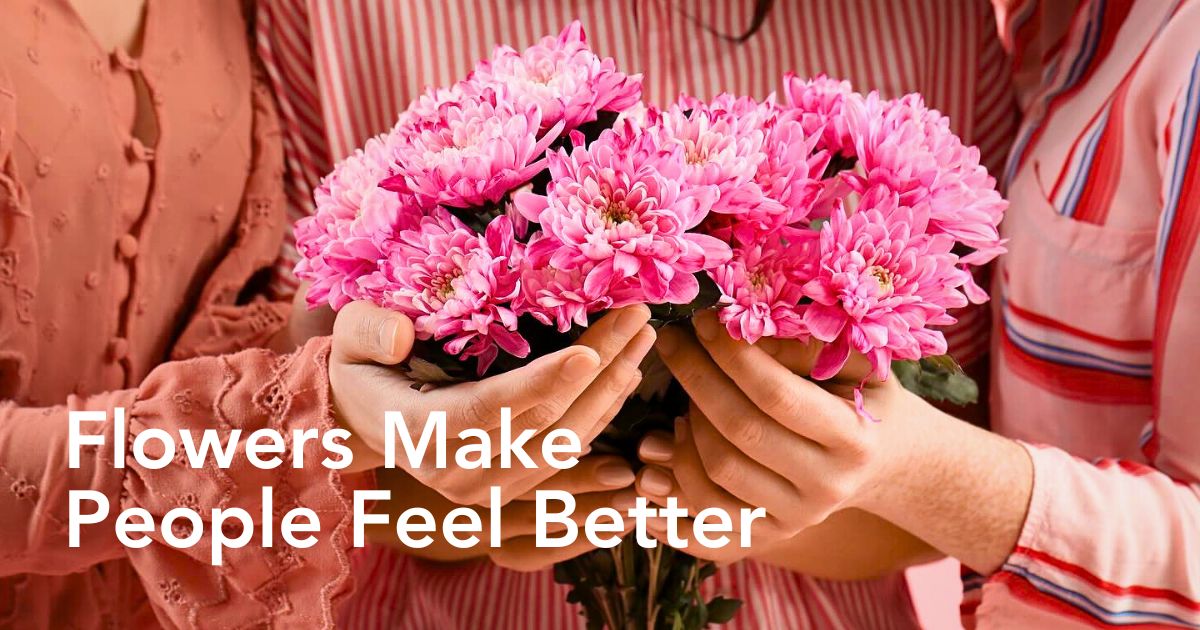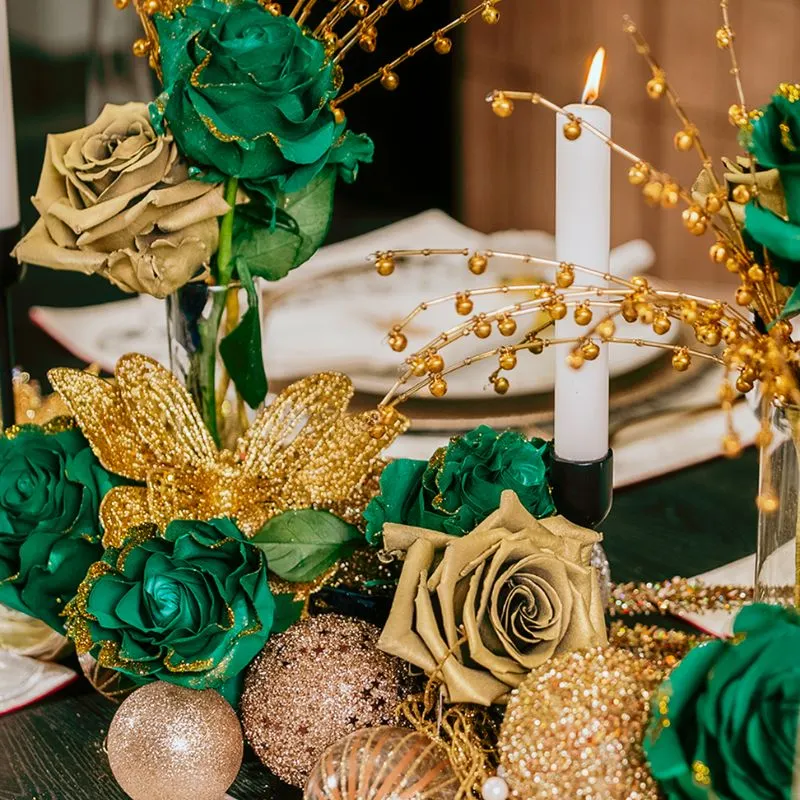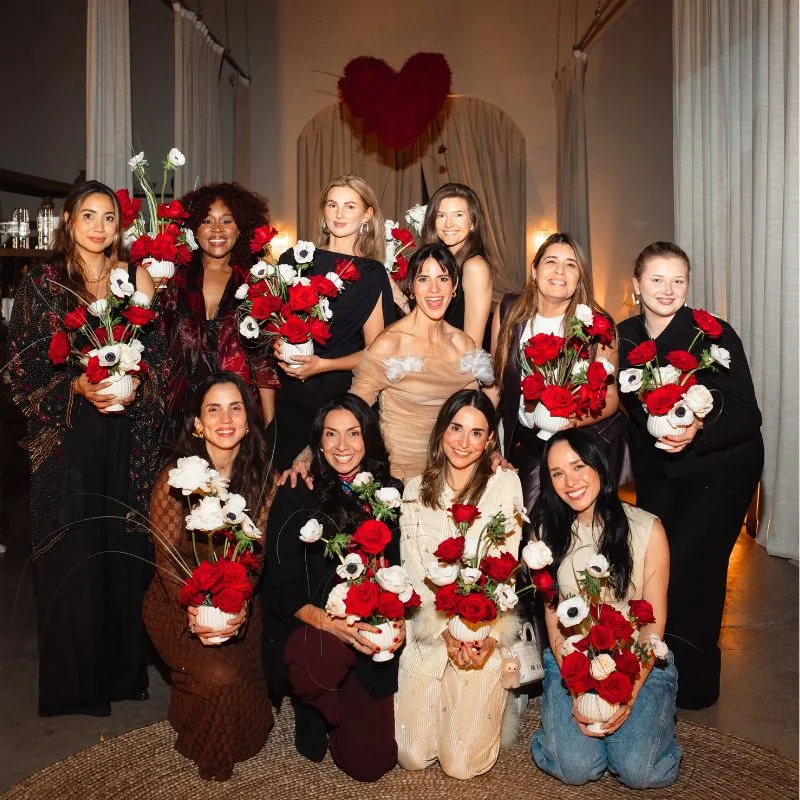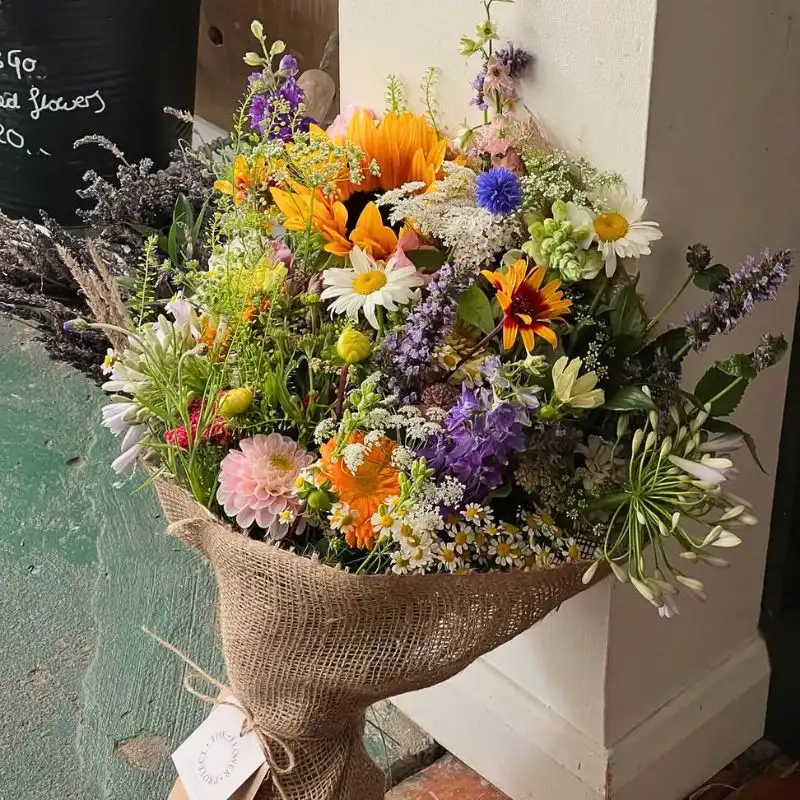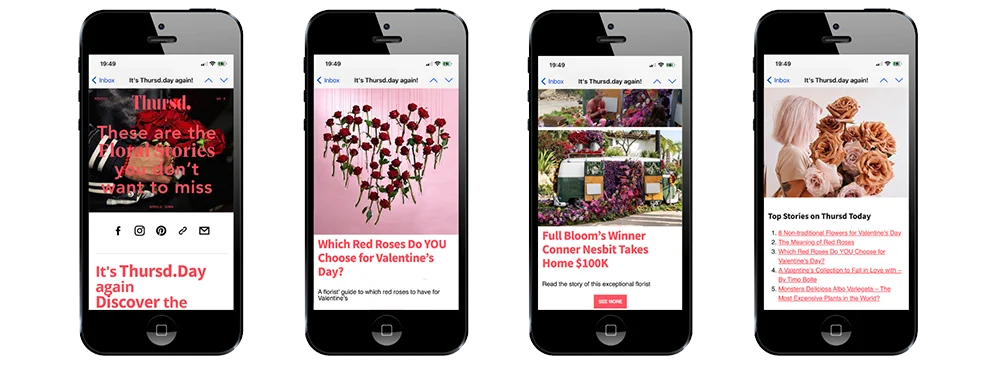Most people dismiss the idea that a simple vase of flowers could significantly impact their mental health. After all, if emotional well-being were all that straightforward, wouldn't we have solved anxiety and workplace stress decades ago? Well, in 2023, researchers studying individuals in Tokyo discovered something unexpected: when participants viewed fresh roses for just four minutes, their nervous systems experienced quantifiable changes.
Their hearts began beating with the measured rhythm of deep rest. Their minds cleared of the day's tensions. And they reported feeling genuinely at peace for the very first time in quite a long while. This wasn't meditation or therapy, but simply because of the presence of cut flowers. The experiment established a biological response that scientists are only beginning to fully understand.
The Science Behind Nature’s Emotional Therapy
Something that many have experienced but rarely discuss seriously is the fact that flowers genuinely make people feel better. This isn't just wishful thinking or cultural conditioning speaking. Actual, measurable science supports it. Humans’ affinity for flowers is not just a cultural coincidence but an evolutionary trait ingrained in human biology. Having evolved in natural settings, people are hardwired to respond positively to natural stimuli. Flowers are one of these stimuli. They activate physiological processes that modern science now describes with precision.
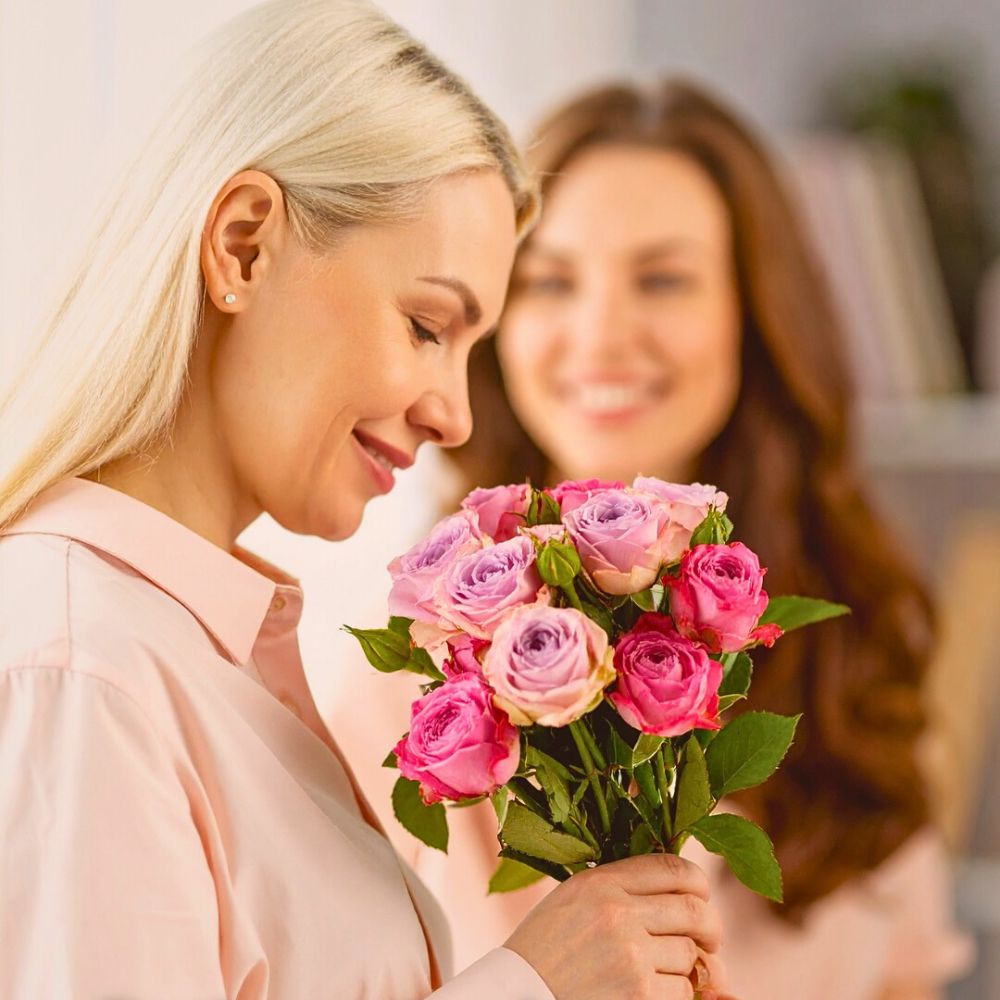
Findings from Tokyo's Mizuho Information Research Institute's study involving office workers exposed to unscented pink roses for a brief four minutes showed a significant increase in parasympathetic nervous activity—the branch of the nervous system responsible for rest and recovery. This biological shift indicates that flowers effectively function as a natural ‘reset button’ for stressed minds and bodies.
Think of the nervous system as having two primary settings: fight-or-flight mode and rest-and-digest mode. Most people spend far too much time stuck in the first setting, courtesy of work pressures, traffic, deadlines, and the general chaos of modern life. The roses essentially flipped a biological switch, moving these stressed office workers into the healing and restorative second setting. Uplifting, you could say.
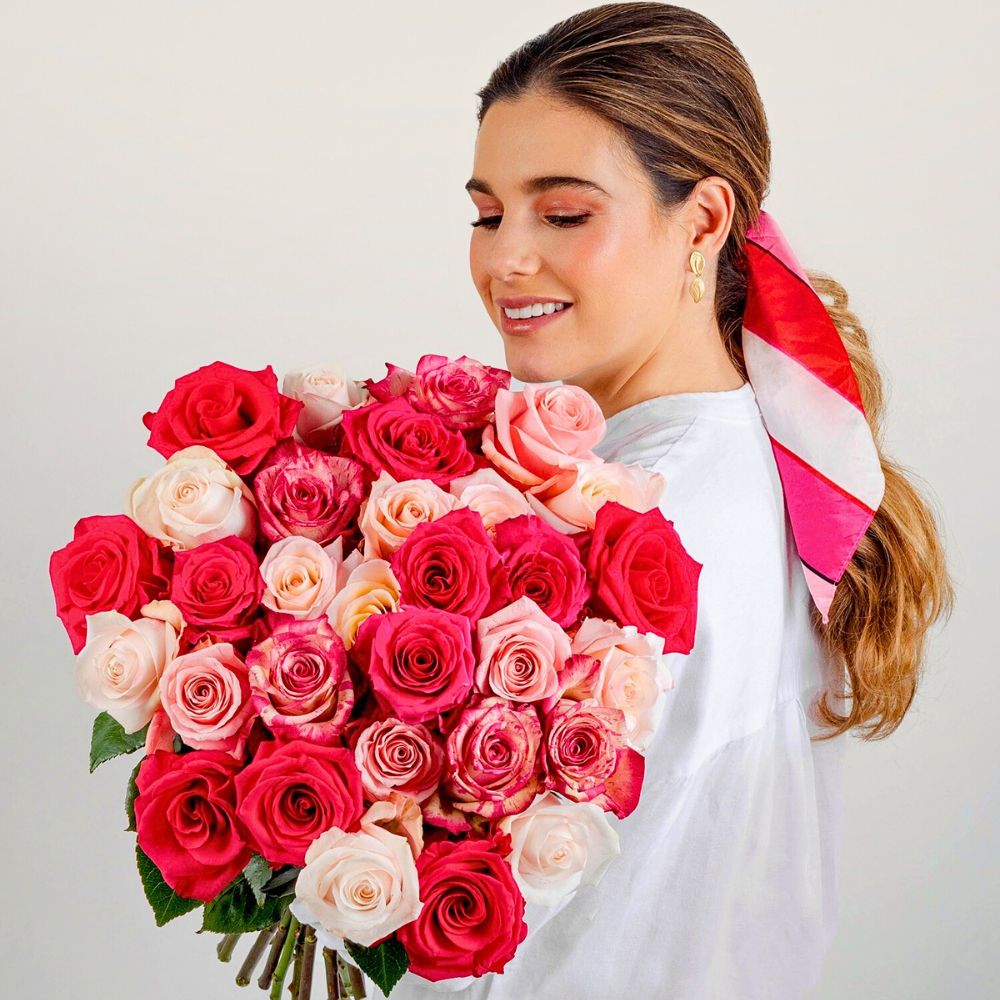
The Brain Chemistry of Floral Bliss
The emotional uplift one experiences around flowers is no accident. Visual and olfactory exposure to flowers: dopamine, serotonin, and oxytocin stimulate the release of key hormones that regulate happiness and social bonding. Dopamine, often called the ‘reward chemical,’ drives feelings of pleasure and motivation. Historically, bright flowers heralded seasons of plenty, conditioning the human brain to associate floral sights with positive anticipation. Serotonin contributes to sustained feelings of happiness and contentment, helping to stabilize mood well after the initial encounter with flowers.
Oxytocin creates trust and deep social connections, explaining flowers’ lasting role in human rituals, signifying love and friendship. Perhaps most strikingly, flowers actively reduce cortisol, the primary hormone associated with stress. A Harvard study showed that even a few days surrounded by fresh flowers can significantly lower anxiety and stress, producing downstream benefits like reduced blood pressure and improved immune function.
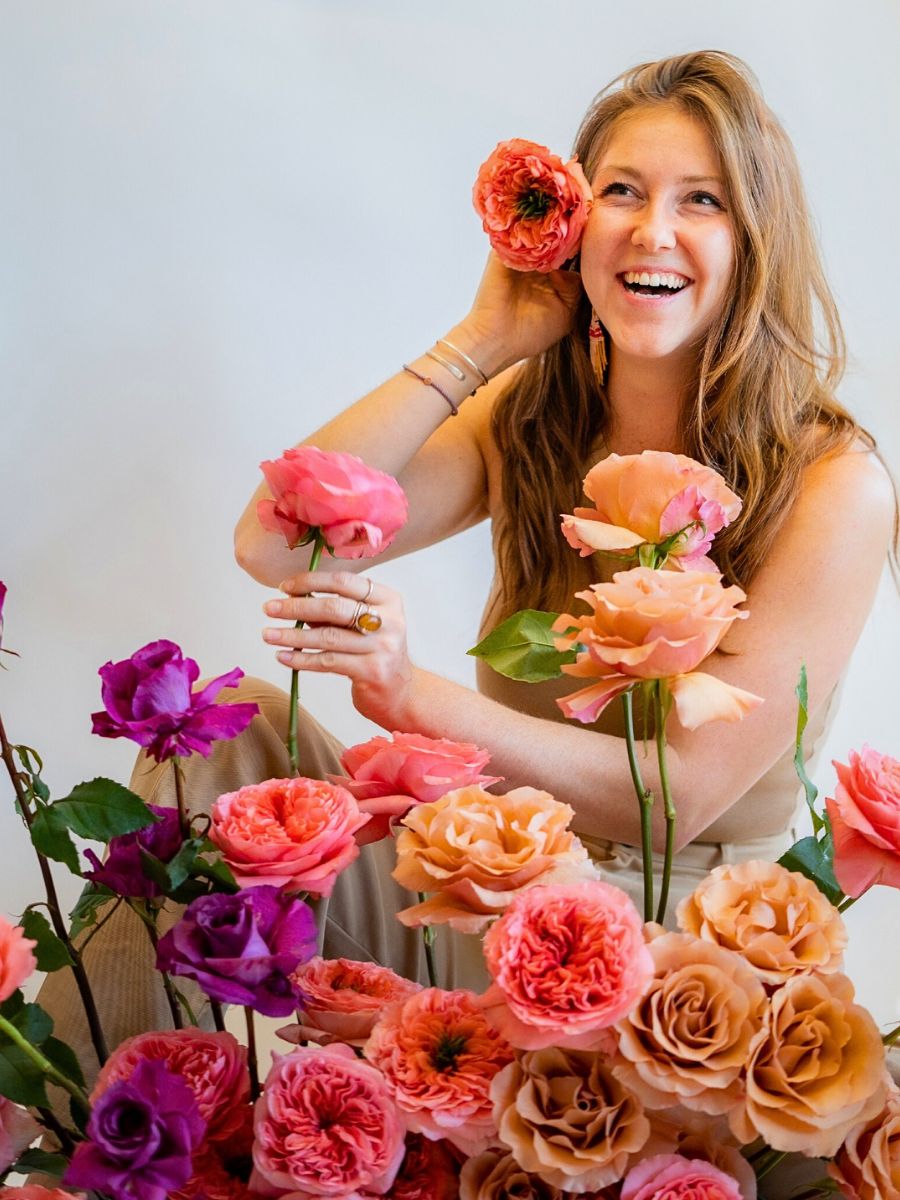
How Cut Flowers Work Their Emotional Therapy
Cut flowers influence emotional health through various sensory ways, combining sight, smell, and even touch to create a calming effect simultaneously. Visually, they provide what researchers call ‘soft fascination.’ Unlike the harsh, demanding attention required by computer screens or traffic, flowers draw one’s gaze in a gentle way that helps restore mental energy. It's the difference between being forced to concentrate intensely on a difficult task and allowing your attention to drift pleasantly across a garden.
Their colors matter too, though not in the mystical way some might think. Many flower colors fall within wavelengths that naturally promote calm psychological responses. These colors arouse distinct emotional responses. For example, studies involving colored roses found that some inspire relaxation and positive moods compared to others. Yellow flowers, in particular, have been linked to the activation of alpha brain waves associated with calmness and mental clarity.
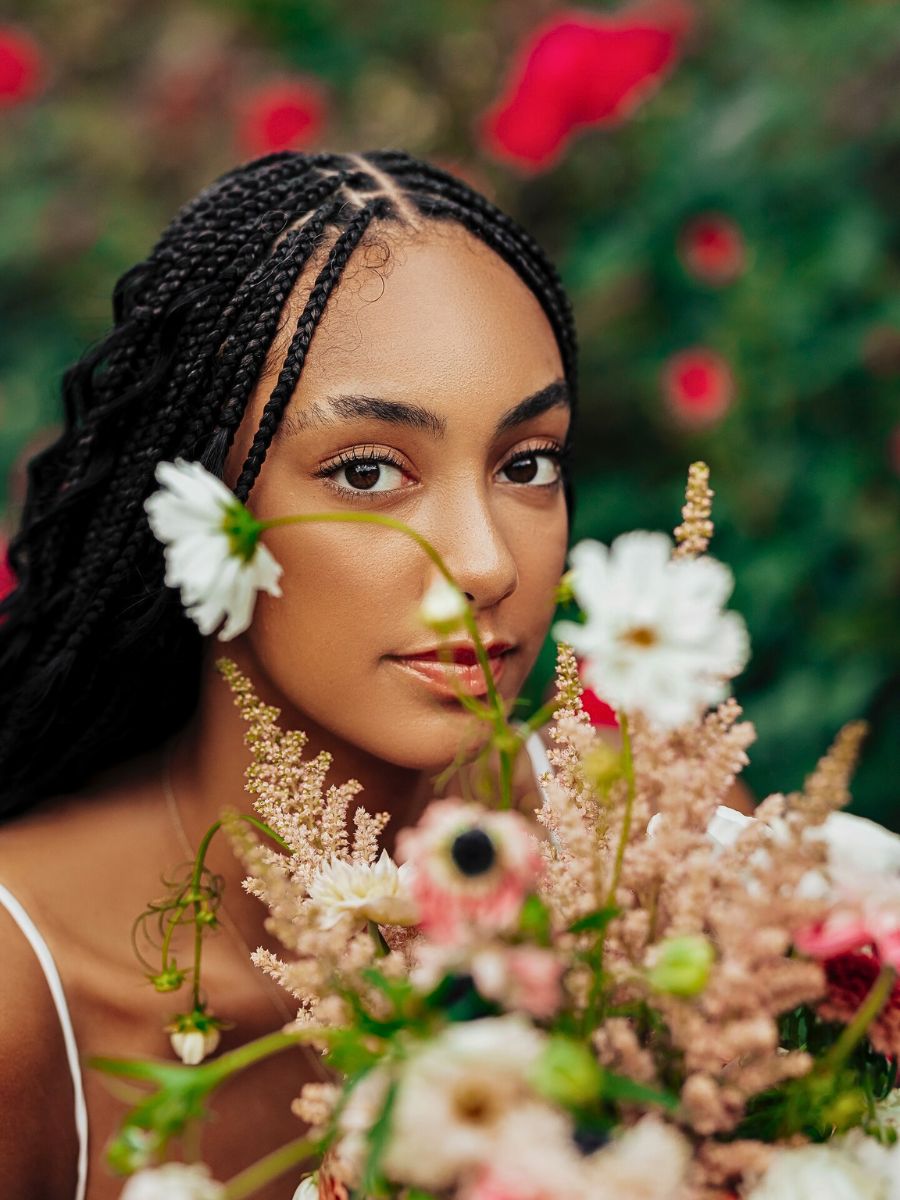
Flower shapes, textures, arrangement, and placement also contribute to these effects. They provide visual relief from the angular, artificial geometry that dominates humans’ built environments. Even the subtle asymmetry of natural flower arrangements gives people’s brains a break from the rigid symmetry of modern design. Here too, brainwave studies reveal that viewing flowers enhances the alpha wave activity in the prefrontal cortex (the brain region responsible for attention and executive functioning) in a pattern resembling the meditative state—alert yet peaceful.
Olfactory stimulation through floral scents is significant, too, because flowers engage more than just the visual system. Even unscented varieties create subtle sensory experiences that the brain processes as signals of natural, safe environments. This engagement activates the same relaxation responses that our ancestors would have experienced in flower-rich fields. Research shows that even brief exposure to floral fragrance can increase parasympathetic nervous activity, creating feelings of comfort and naturalness. The olfactory system’s direct connection to the brain's limbic system also explains why just a whiff of flowers can bring immediate emotional respite.
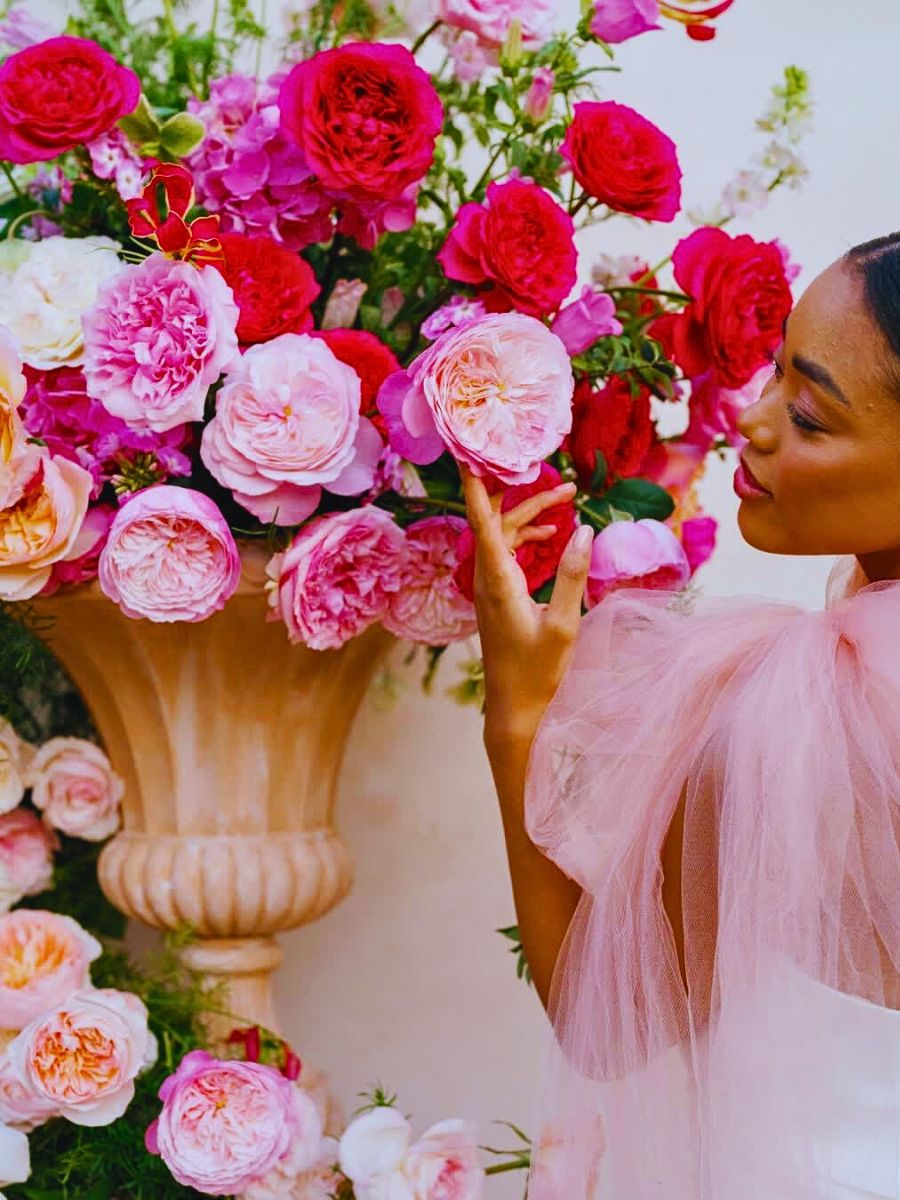
Emotional gains from flowers manifest both instantly and over longer durations. Research confirmed universal ‘excited’ smiles when people received flowers, an indicator of genuine happiness. Furthermore, participants reported lasting reductions in feelings of depression, anxiety, and agitation, along with heightened life satisfaction in the days that followed. More studies reinforced these results, noting increased compassion and kindness among people living with flowers in their homes. The presence of flowers appears to spark a positive feedback loop, boosting individual well-being while enriching social interactions.
Even in workplaces, stressful as modern work environments can be, cut flowers offer a pragmatic and effective solution for emotional health. Artificial lighting, screen glare, and minimal exposure to nature contribute to pressures that affect mental and physical health. The Japanese experiment involving office workers and roses vividly demonstrated both physiological relaxation and enhanced feelings of comfort and natural ease.
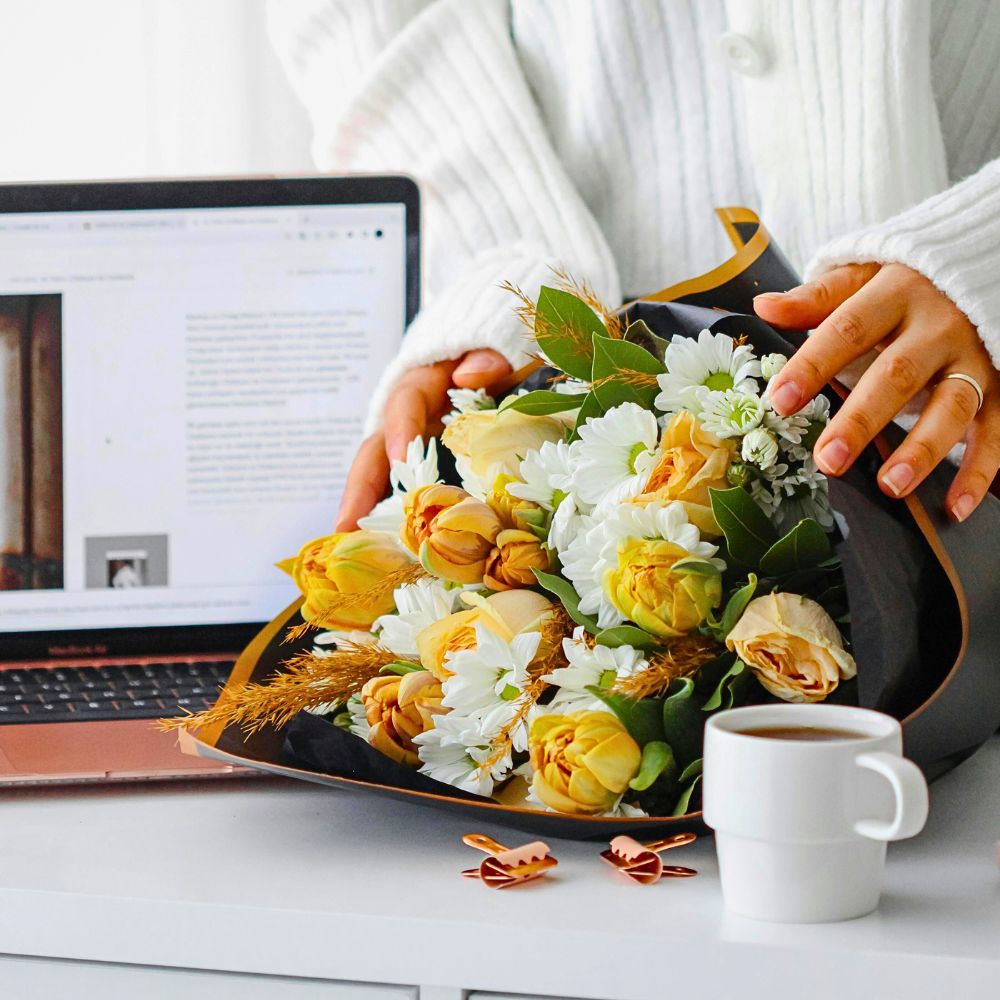
Research confirms that the presence of plants and flowers in offices enhances efficiency and job satisfaction, likely due to their calming influence, which reduces cognitive load and emotional fatigue, decreasing perceived stress, which translates to better daily functioning. Flowers also enhance creativity and cognitive flexibility. More studies found that employees surrounded by flowers and plants produced more innovative ideas, an effect attributed to the unique brain state flower-viewing induces—a blend of relaxation and alertness conducive to innovative thinking.
Maximum Emotional Impact From Therapeutic Flower Arrangements
Not all flowers affect emotions in the same way. Understanding which varieties and colors best support emotional health helps enhance their therapeutic potential. Yellow flowers like sunflowers and daffodils are especially effective mood boosters. Their warm hues activate neural pathways associated with optimism and energy, ideal for counteracting seasonal or general depression.

Pink flowers have calming qualities while instilling a gentle, nurturing energy. Cooler tones like blue and purple favor deep relaxation and are often recommended for those struggling with insomnia or heightened stress. Their fragrance also plays a key role. Roses, lavender, and jasmine are renowned both for their appealing aromas and also their ability to stimulate the parasympathetic nervous system, lowering heart rate and blood pressure.
The emotional impact of flowers also depends on their strategic arrangement. Optimal benefits come when these flowers are positioned at eye level in frequently visited spaces like kitchens or offices, ensuring repeated interaction throughout the day. The size of the arrangement also matters: Those in modest vases noted significant physiological effects, and while smaller arrangements still offer benefits, larger displays typically amplify emotional uplift.
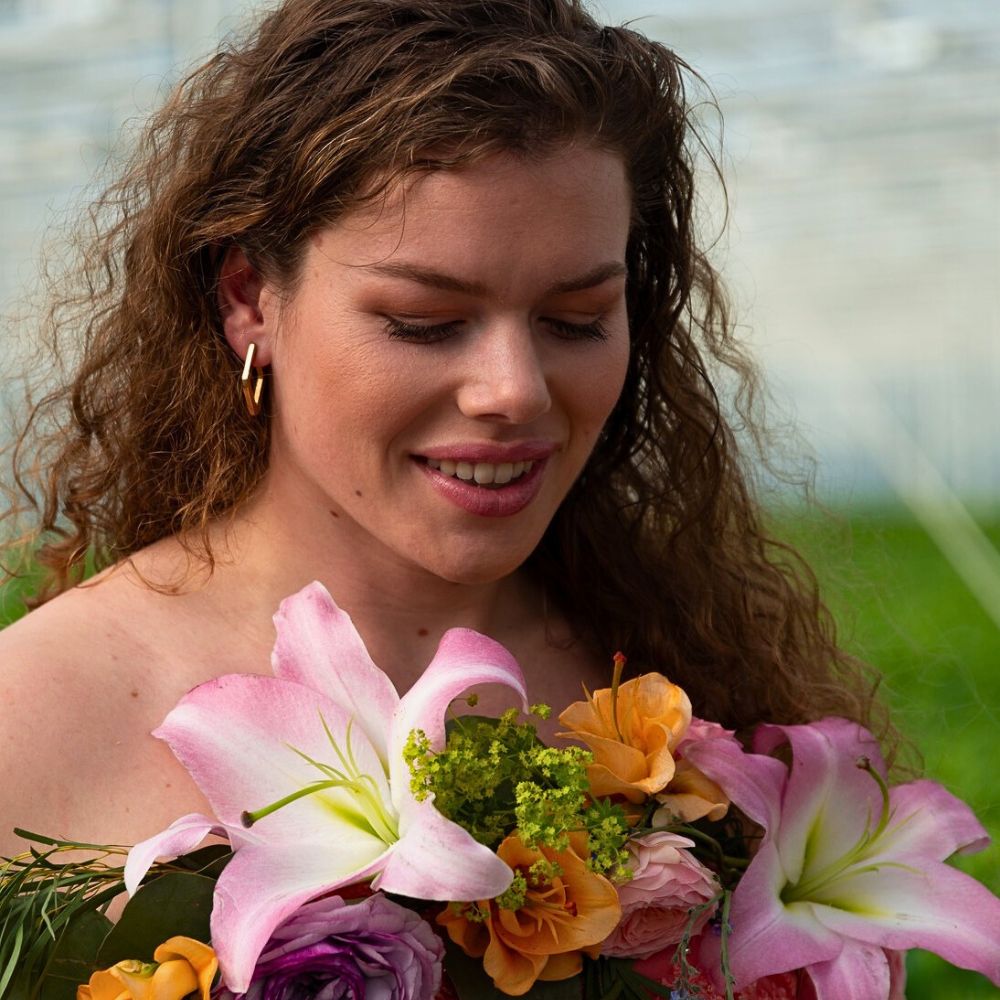
Seasonal flower choices further enrich emotional support. In winter, bright, warm-colored flowers can counteract seasonal affective disorder, providing essential psychological encouragement. Spring flowers symbolize renewal, while bright summer flowers help maintain energy during high-stress periods. Maximizing flowers’ benefits requires consistent and deliberate inclusion in daily environments. Research suggests that regular exposure accumulates positive effects, supporting emotional resilience over time.
Morning exposure to flowers can set a positive tone for the entire day. Accordingly, strategically placing arrangements for convenient interaction also works best. Replacement frequency matters too. Although cut flowers have limited longevity, maintaining fresh displays is essential; even brief absences have been linked to stress among regular flower viewers. From this perspective, investing in flowers means investing in continuous emotional well-being.

What It All Actually Means
If flowers can genuinely improve emotional health through noticeable physiological changes, then having them around becomes less about luxury and more about basic wellness. For instance, for office workers dealing with chronic stress, fresh flowers in workspaces could be an effective intervention for improving both individual well-being and overall workplace atmosphere. The beauty of this approach is its accessibility.
The Tokyo study used simple, unscented roses in basic glass vases, yet still produced significant results, suggesting that benefits come from the essential nature of flowers themselves, not necessarily from expensive arrangements. One does not need a florist's budget or perfect aesthetic sense to get these benefits.

For anyone dealing with anxiety, depression, or chronic stress, incorporating cut flowers into their environments could provide gentle, ongoing emotional support, because unlike other mental health interventions, flowers require no special training, hardly produce side effects, and work almost immediately. Plus, they are democratic; the benefits are available to everyone regardless of gender, age, or background.
Essentially, while people spend money and effort on gym memberships, supplements, therapy sessions, and stress-management courses, flowers present an intervention that costs less and provides benefits within minutes. Despite it seeming almost too simple to be true, science backs it.
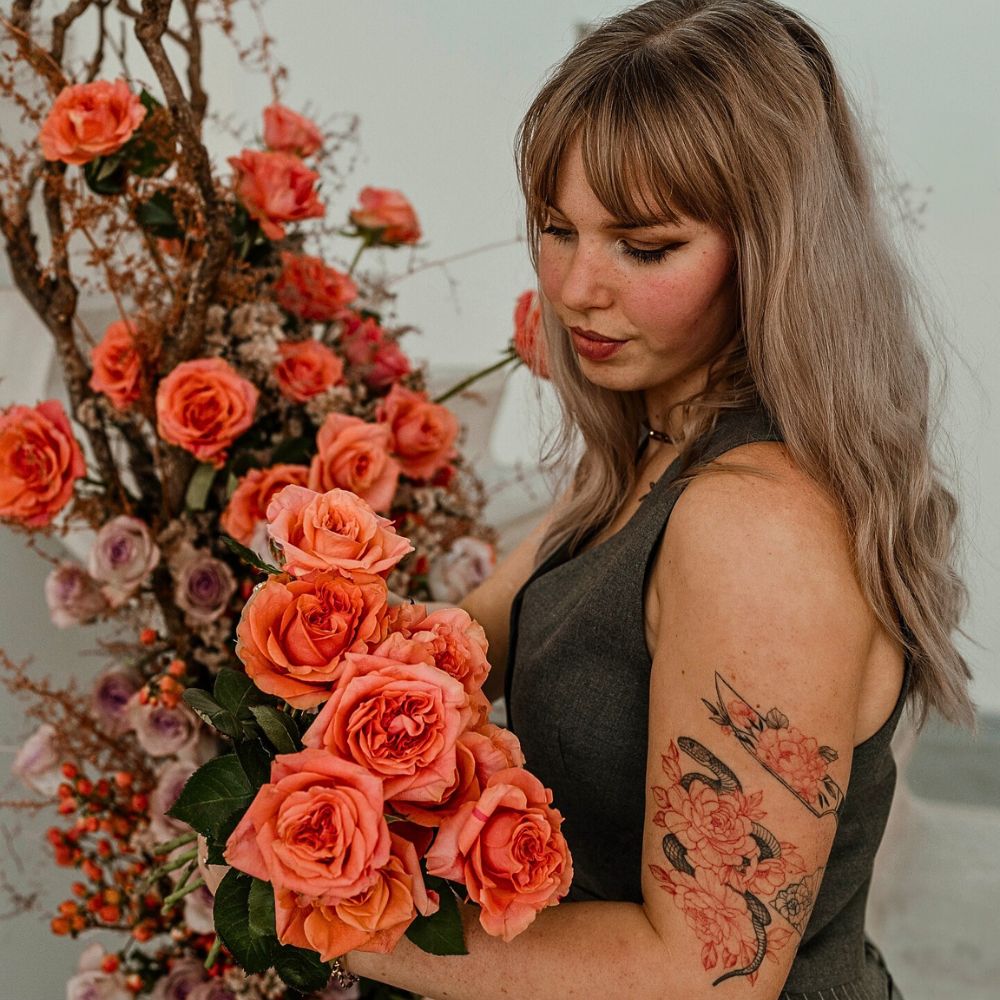
A Realistic Alternative That Fits Into Any Lifestyle
Many people struggle to find time for nature walks, forest bathing, or outdoor experiences. But cut flowers offer a realistic approach that fits into any lifestyle. They provide a link between humans’ evolutionary background and modern circumstances, helping maintain the connection to nature. What is certain is that cut flowers do improve emotional health; activating the body's natural relaxation responses, reducing stress hormones, improving mood states, and connecting individuals to the natural world the way the mind and body seem designed to crave—basic biology working as evolution intended.
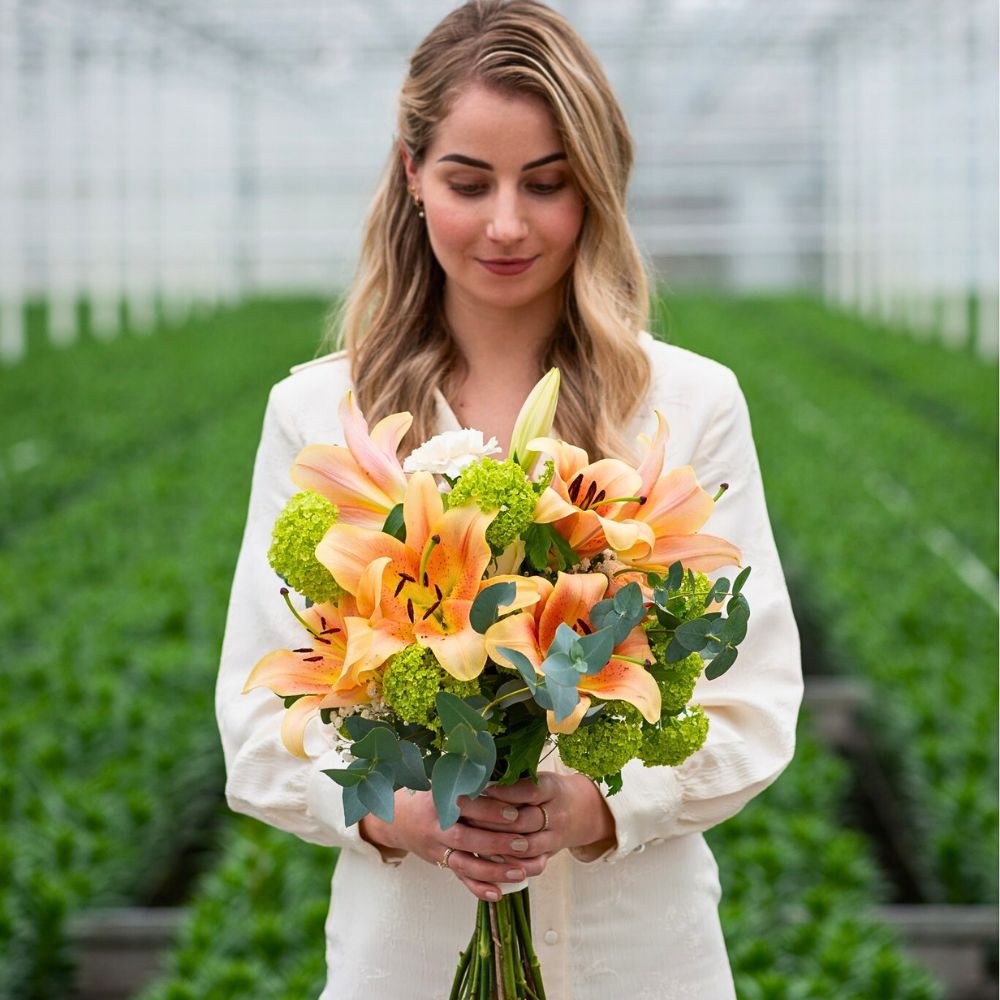
It all suggests we might want to reconsider how we think about flowers. Instead of viewing them as occasional treats or special-occasion decorations, perhaps we should consider them tools for emotional wellness that happen to be beautiful. When effective, accessible mental health support becomes desperately needed, fresh flowers provide both age-old wisdom and modern therapy rolled into one simple package. Sometimes the most effective solutions are also the most beautifully simple!
Feature image by @bredefleur. Header image by @rio_roses.

